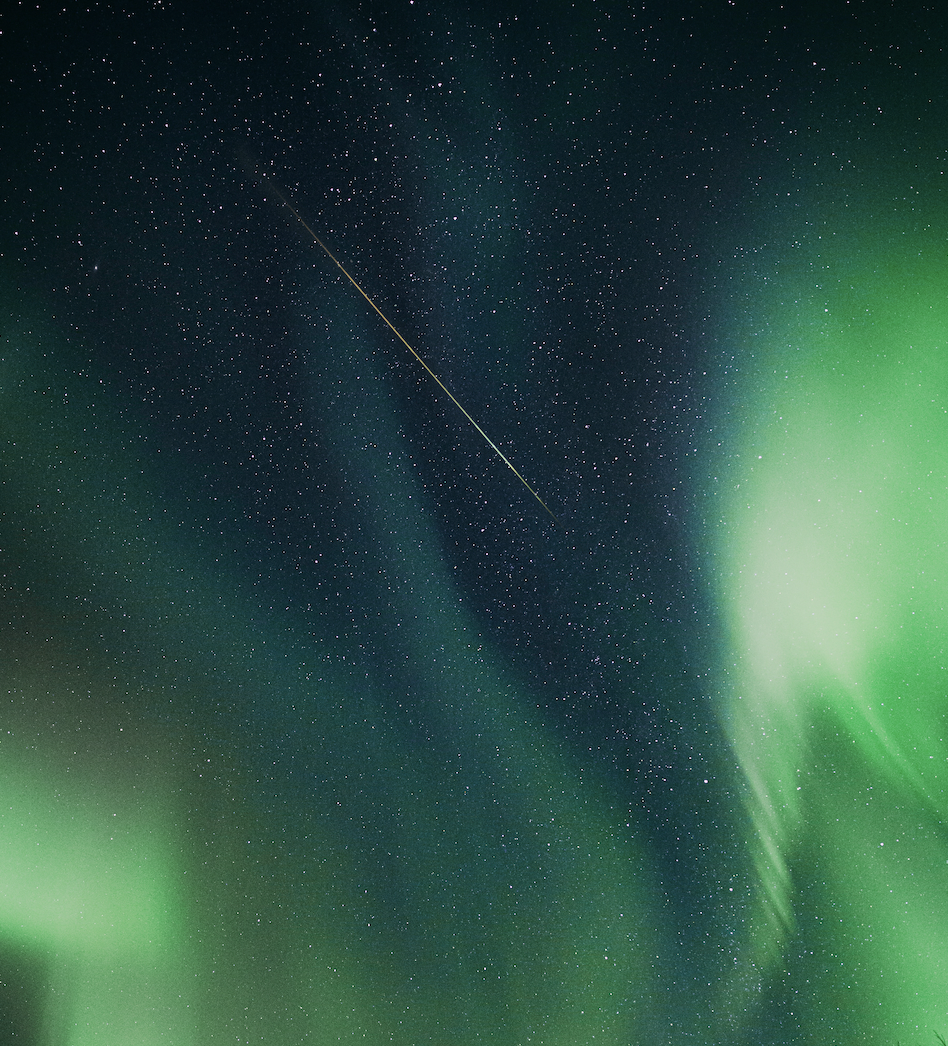The Northern Lights on Lake Erie
You may have missed this week's display, but you'll have another chance.

Sept. 16, 2025 Update: The sun has reached its solar maximum period, which will result in peak conditions for viewing the northern lights around Lake Erie through early 2026.
Don’t despair if you missed seeing the aurora borealis put on a spectacular light show as you'll almost certainly have another chance.
Amateur and professional night sky gazers in the Great Lakes region were able to see the dazzling northern lights that are not usually visible that far south. Displays are generally expected in Skalholt, Iceland and Jukkasjarvi, Sweden. But in Toronto? Buffalo? Erie?
A Coronal Mass Ejection (CME) is generally associated with a solar flare or energy that is “burped” out by the sun. The energy excites our atmosphere and the earth’s magnetic shield directs it to our planet’s North and South Poles, according to JonDarr Bradshaw, a 25-year veteran of NASA and currently the community engagement coordinator and aerospace education lead for The Great Lakes Science Center in Cleveland.
“If the eruption on the surface of the sun is of sufficient quantity and it is a more intense eruption, the better chance we have of seeing an aurora borealis display further south,” says Bradshaw. “When the energy interacts with oxygen and nitrogen in the atmosphere, it creates beautiful colors — greens, reds, purples and blues. It’s an incredible sight, like turning on neon lights. You see shimmers of glowing colors across the sky.”
Ok, but what if you were watching your favorite TV shows the nights the northern lights were dancing over your neighborhood earlier this year? Bradshaw says you are in luck. The sun runs on 11-year cycles and we are in the fourth year of the current one. The sun’s activity is reaching a point where it will be at its most intense in 2024.
“That will happen next year, but we are already seeing the intensity increase this year,” says Bradshaw. “So, we expect a few more opportunities to see the aurora borealis this low in the hemisphere. Next year should be an even bigger year.”
CMEs and the northern lights don’t pose any major danger to earthlings. But you wouldn’t want to be on a spaceship on your way to Mars, according to Bradshaw. Spaceship crews would have to seek shelter from the lethal amount of radiation given off if they encountered an intense solar flare. Today, we can probably blame sun activity for some disruptions, including problems with GPS, radio communication or cable interruptions, but that’s about it.
Following aurora borealis displays actually has become a hot travel pastime for some tourists around the world. Countries including Norway, Sweden and Finland book trips for tourists who say seeing the light show is on their bucket list. Next year you might be able to save the expense of going to northern Canada to see the lights, and just watch from a dark location (avoid a concentration of outdoor lights) near your home around the Great Lakes.
But although there is a good chance to see the northern lights in, say, Alaska, our solar system is finicky everywhere. It will only share its explosion of color if weather and atmospheric conditions are just right. Dark skies and cloudless nights are a must.
One good resource is the Geophysical Institute, run out of the University of Alaska Fairbanks. It predicts which dates will offer good viewing in different parts of the world. Want to make it even easier? Some technology companies are toting apps that they say help predict and pinpoint aurora borealis activity around the world.
“The apps do work. But they all basically get their information from the Space Weather Prediction Center run by the National Oceanic and Atmospheric Administration,” says Bradshaw of the source that can be found online. “And they do a great job.”
Which is good to know so you don’t miss the aurora borealis next time.
Get tips on chasing the northern lights from photographer Matt Shiffler
Want more Lake Erie in your life? Subscribe to our free The Splash newsletter. It’s your guide to the best food, drinks, parks, beaches, shopping, festivals, music and more. Click here to subscribe.
Story:
Jill Sell
2023 Travel Guide
